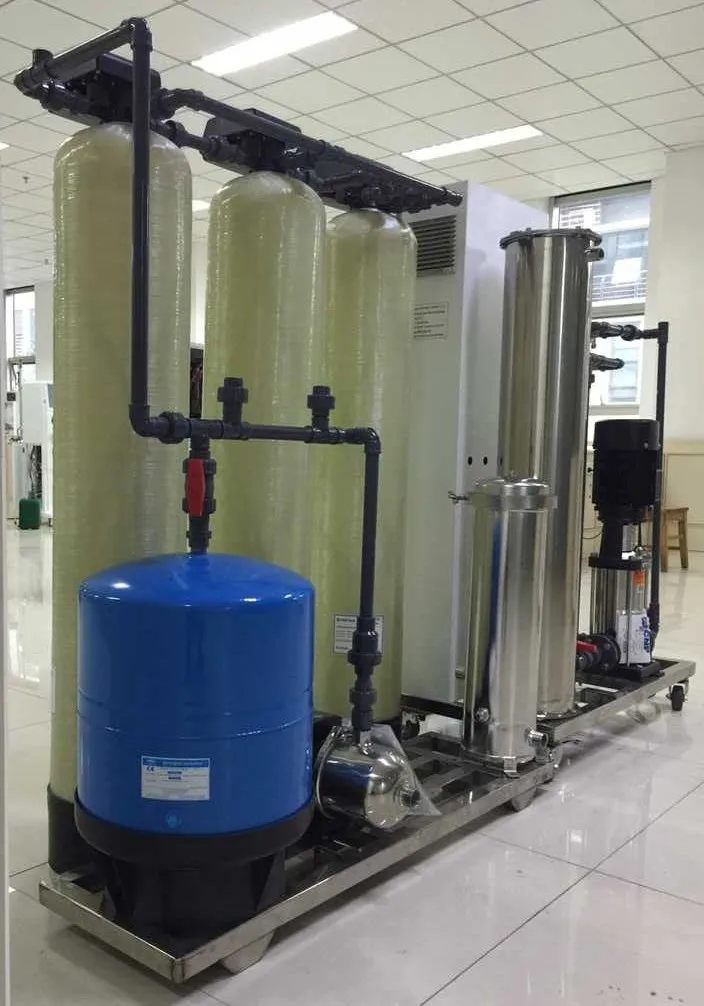For flows of up to 3600 l/h. Mro1— the mro1 reverse osmosis system has a large membrane with the capacity to produce enough water to feed two dialysis.

Accurate Industrial Wastewater Dialysis Water Treatment
Mar cor offers a variety of water treatment solutions for hemodialysis programs commonly found in hospitals, nursing homes and correctional facilities, as well as within a home environment.

Dialysis water treatment systems. We offer a full line of water treatment equipment designed and built by ameriwater specifically for hemodialysis. It has been known for a long time that there might be. Although the water treatment system has historically been in the technicians' domain, knowing the technical.
While nurses may not routinely service the water treatment system or mix the dialysate, they are responsible for understanding all of the clinical ramifications of water treatment and dialysate preparation for hemodialysis as a part of the entire dialysis treatment picture. During this process, an exchange of substances takes place between blood and (extra) purified water, through diffusion, osmosis and filtration. Typical dialysis water system requirements backflow prevention backflow prevention is incorporated to insure the integrity of a potable water system.
2 is not only simple to use but thanks to the multiple fail safe systems within the unit, you can be assured of continuous water supply at all times. 2 is not only simple to use but thanks to the multiple fail safe systems within the unit, you can be assured of continuous water supply at all. Water used for medical purposes must be clean, safe and devoid of any chemicals.
In practice, a water treatment system utilizes several devices and processes for adequate water treatment because different substances are removed with various Products and services for permeate, concentrate and media supply. Therefore, hospital facilities and clinics require access to dialysis water treatment systems that meet aami guidelines and are routinely monitored to ensure they perform properly, round the clock, to deliver optimal results.
It is the only dialysis water treatment system on the market today that meets all cms regulatory requirements for three to six stations. Large central systems and small portable systems. The bonent certified hemodialysis water specialist examination measures technical proficiency in certain skills and general areas of knowledge.
The water treatment system is illustrated in the below figure but there are essentially three key steps: In the event a treated water system reverses flow, the backflow preventer will divert the treated water to drain insuring the integrity of the potable water feed. Dialysis water technology solutions for all healthcare professionals’ needs.
Water and the ability of the overall system to produce and maintain appropriate water quality. Dialysis fluid is a fundamental component of hemodialysis treatment for patients with renal failure. Treating raw water for medical use requires the extraction of impurities in different stages.
The water to be used for the preparation of haemodialysis fluids needs treatment to achieve the appropriate quality. The examination tests the following eight (7) major domains of practice and tasks performed in the scope of hemodialysis technology: Water treatment modalities a water treatment system provides water in which levels of contaminants known to be toxic to dialysis patients are consistently kept below recommended limits (table 2).
For home haemodialysis therapy the water treatment is provided by the use of sediment filters, carbon filters and a portable reverse osmosis (ro) plant. Dialysis water treatment should remove chemical and microbial contaminants to below established allowable limits and is characterized by two phases: Ad keep your water safer for industrial applications.
With an intuitive “touch screen” user interface the r.o. Ad keep your water safer for industrial applications. Ro2 md bio e hemodialysis water treatment.
We use the latest in proven medical device technology to produce aami/iso quality water and to safeguard patients while also assisting in staff member productivity. For overview analysis, the report introduces dialysis water treatment system basic information including definition, classification, application, industry. In the dialysis process, water purification is a critical factor.
A reverse osmosis (ro) system is the primary method for purifying water for dialysis treatments, ensuring patients receive safe, clean water. In this blog we take a look at dialysis water treatment and how our orca copper silver ioinsation system can successfully control legionella and prevent the contamination of. With an intuitive “touch screen” user interface the r.o.
We have been global leaders since 1949. Reproduced from ted kasparek, and oscar e. Design & manufacture of industrial uv disinfection systems, enquire now!
(i) pretreatment, where constituents are removed from the feed water to protect the downstream treatment components and (ii) water treatment, which is the process of physically removing and/or chemically. Design & manufacture of industrial uv disinfection systems, enquire now! Our expertise in water treatment for dialysis allows us to design, install and maintain water treatment systems that meet or exceed the fda, aami and cms guidelines.
For flows of up to 3600 l/h. Most chronic hemodialysis patients receive treatment in dialysis centers and hospital dialysis units, where the water is treated by central systems. Patients undergoing dialysis depend on high quality, purified water.
We have been global leaders since 1949. Overview of the dialysis water purification system. Failure to ensure adequate water quality may have dire consequences for patient safety and welfare.
Water quality standards (15%) water treatment terminology and acronyms (5%) Water treatment for hemodialysis is generally performed in two types of systems for various applications: What are the methods of water purification for hemodialysis?
Water treatment for dialysis units must be chemically safe, have no coshh issues and be compliant in order to safely control legionella and other water borne pathogens in dialysis fluid. For the rationale for water treatment in hemodialysis: